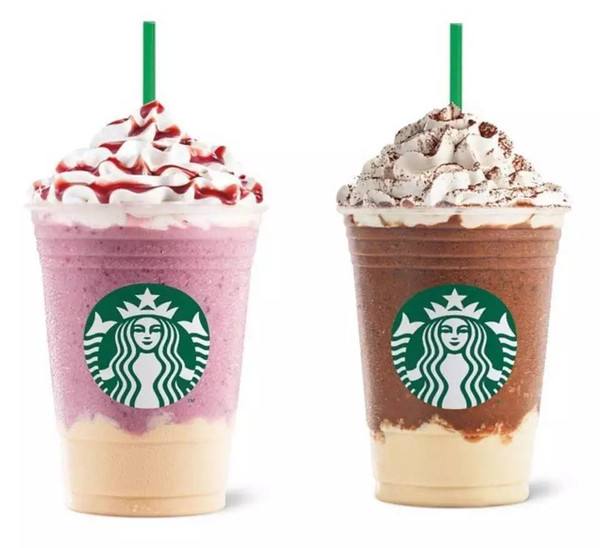
GUANGDONG KELONG BIOTECHNOLOGY CO., LTD.
Add: No.5-17 and No.5-32, South area of Qibao Industry and Trade, Huicheng, Xinhui, Jiangmen, Guangdong, China
Tel:+86-750-6978788
Fax:+86-750-6978868
Wechat: 13828063050
Website: http://svabrs.com
Email: export@kelongbio.com
marketing@kelongbio.com

What is "cochineal"
Cochineal is a kind of insect that is parasitic on cactus. The mature worm contains a lot of citrus acid, which accounts for about 19% to 24% of the weight of the worm. This edible cactus, which does not require too much time to take care of the worms, is processed and the red pigment extracted is in short supply and is expensive, becoming an important natural pigment to replace artificial synthetic pigments.
There are only a few countries in the world that are feeding on cochinia, such as Mexico and Peru. They are known as “national treasures” in Mexico. China has not carried out scale breeding and production, and carmine has always relied on imports.
According to World Health Organization experts, cochineal may cause an allergic reaction in some asthma patients. Yesterday, Starbucks, the world's largest coffee chain, issued a statement that it will stop using a red stain made from cochineal worms during the beverage making process.
After experiencing events such as “Sudan Red” and “Stained Taro”, this news about food coloring immediately caught the attention of the public: What exactly is the cochineal insect? Where do the various pigments we touch every day come from? Is natural pigment safer than artificial color?
Even if it is safe, when you can eat, you think that you are eating insects, and your heart is uncomfortable. ”
Trending
Starbucks announces: discontinuation of insect stains
Yesterday, the Starbucks headquarters in Seattle, USA, published an article in its corporate promotion blog saying that after receiving consumer feedback, the company will re-develop the beverage formula after careful research and evaluation.
At the same time, the carmine extracted from the small beetle juice will be discontinued, and the lycopene extracted from the tomato will be used. The new formula will be put into use before the end of June.
Previously, Starbucks said that in order to reduce the use of artificial pigments, the use of cochineal extracts to color strawberry frappuccino drinks. Although Starbucks stated that the use of cochineal coloring is harmless to the human body and has been confirmed safe by the US Food and Drug Administration (FDA), it still infuriates the vegetarian community. According to World Health Organization experts, cochineal may cause an allergic reaction in some asthma patients.
Food coloring family, quite a lot of categories
On Weibo, the well-known "cochineal insects" triggered a discussion on food additives by netizens. The netizen "people and soils" said, "Even if you are safe, you can think of eating insects when you can eat. Uncomfortable." Netizen "Jing Jingyi" said, "Although it is a worm, this is at least a natural coloring agent." According to experts, pigments currently used in the food industry are classified into natural pigments and artificial colors.
Natural colouring
Natural pigments are derived from extracts of natural products, mostly extracted from plant tissues, including:
Plant pigments: sorghum red, gardenia yellow, radish red, chlorophyll copper sodium salt, carotene, etc.;
Animal color: shrimp shell color, carmine (from cochineal), etc.
Microbial fermentation pigments: monascus, cocoa pigment, etc.
At present, we commonly use 40 kinds of caramel, red yeast red, sorghum red, gardenia yellow, radish red.
Synthetic pigment
Synthetic pigments refer to organic pigments prepared by artificial chemical synthesis.
The artificial pigments listed in the national health standards are the following: carmine, amaranth, sunset yellow, red peony, lemon yellow, new red indigo, bright blue. These pigments are used for the surface of foods such as preserves, cakes, candies, jellies, fruit juices, soft drinks, cans, etc., and are strictly limited to the safe use dosage and scope of use in foods. At the same time, artificial synthetic pigments are prohibited in foods such as infants, staple foods, meat products, fish products, and condiments.
Pigment PK natural pigment is the development direction
The China Food Additives and Ingredients Association Colorants Professional Committee said: "Natural pigments are the development direction of China's colorant industry. Natural, safe, effective and physiological functions are the global development direction of the colorant industry."
According to professionals working on food additive research, natural pigments are safe and have more beneficial effects in terms of the scope and method of use.
Natural pigments are somewhat safer to some extent, but the safety of a natural pigment must be one-sided than that of synthetic pigments, because the safety of any substance must be evaluated by the safety of the substance, and some natural pigments are The extraction process uses a variety of chemical excipients. Strictly speaking, such substances cannot be called natural ones.